Do you have a question about the POSIFLEX XP-3000 Series and is the answer not in the manual?
Covers FCC compliance notes and warranty limitations, including conditions for voiding the warranty.
Provides information on the manual's accuracy and disclaimers of liability for its use.
Advises customers to read instructions and provides daily maintenance guidelines for the POS system.
Introduces the XP-3000/3300 series POS terminal, highlighting its integrated features and benefits.
Illustrates front, side, and rear/bottom views of the POS terminal with numbered parts.
Lists and identifies specific components of the POS terminal as shown in the product views.
Details the standard features and specifications for different models of the XP-3000/3300 series.
A table summarizing key specifications including LCD, CPU, memory, ports, and printer details.
Lists optional hardware and software features that can be added to the POS system.
Continues the list of optional features, such as memory expansion, SSD kits, and various customer display units.
Explains the power switch, paper feed button, brightness controls, and status indicator LEDs.
Covers main LCD display settings, resolution, video memory, and VGA port usage for second displays.
Introduces the Posiflex USB Touch Manager software for the touch panel controller.
Describes how the touch panel emulates mouse functions like clicking, dragging, and double-clicking.
Step-by-step guide for loading paper into the integrated printer, including cover release and tilt adjustment.
Explains the paper near end sensor and the procedure for performing a printer self-test.
Details paper cutting, recommended receipt lengths, and printer setup options via DIP switches or software.
Instructions for clearing paper jams and using the optional Magnetic Stripe Reader (MSR).
Provides instructions and cautions for installing the optional UPS battery pack.
Shows the I/O plate and lists all available ports: serial, LAN, USB, CR, VGA, and UPS connectors.
Guidelines for connecting various cables, emphasizing correct orientation and handling to prevent damage.
Steps to prepare the main unit for rear mount upgrade kits, including managing the cable exit cover.
Describes optional customer displays (VFD/LCD) and 2nd LCD panels, including touch monitor options.
Instructions for connecting a cash drawer and procedures for system recovery using the provided DVD.
Critical guidelines for ventilation, operating temperature, and humidity to ensure proper functioning.
Advice on UPS battery care, including disconnection, recharge schedules, and avoiding high temperatures.
Covers UPS battery replacement, emergency handling, power supply safety, and automatic power-on features.
Discusses storage device options (HDD/SSD) and technical maneuvers requiring qualified personnel.
| Display | 15" TFT LCD |
|---|---|
| Resolution | 1024 x 768 |
| Processor | Intel Celeron |
| Touch Technology | Resistive |
| RAM | Up to 4GB DDR3 |
| Operating System | Windows Embedded |
| LAN Port | 1 x RJ-45 |
| Audio | Internal Speaker |
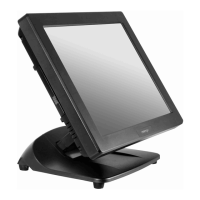
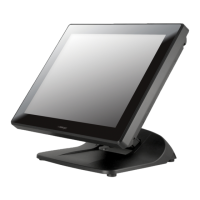
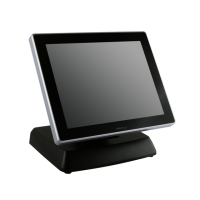
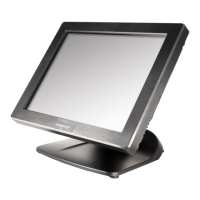
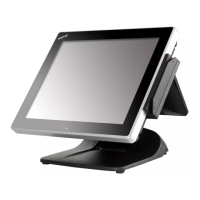
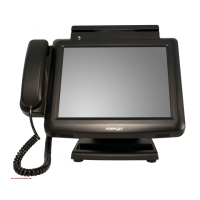
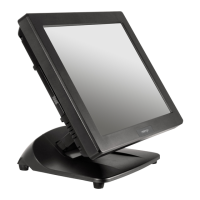
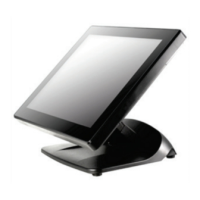
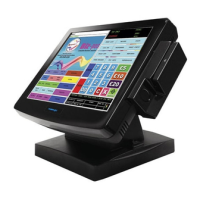
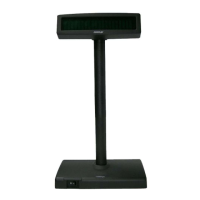
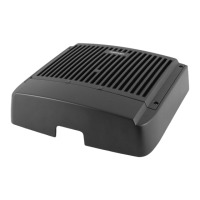
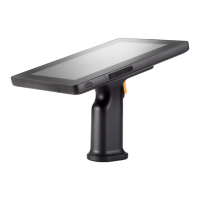
